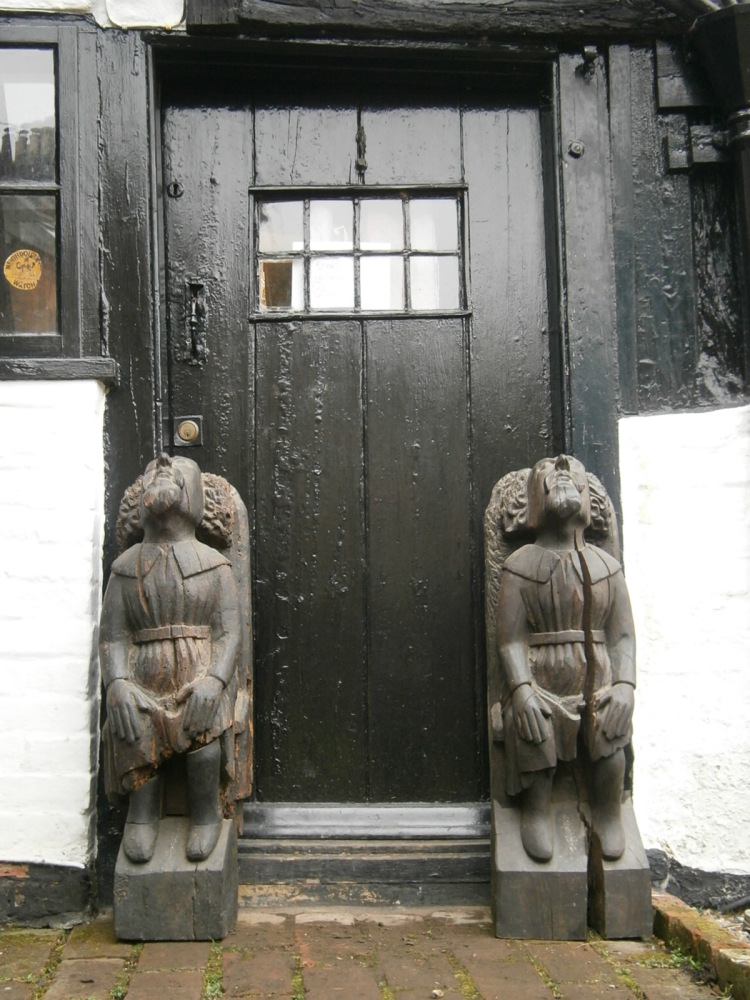
- A Pair Of Henry VIII Period Carved Oak Corbels Possibly Depicting Sir Willi
- A Pair Of Henry VIII Period Carved Oak Corbels Possibly Depicting Sir Willi
- A Pair Of Henry VIII Period Carved Oak Corbels Possibly Depicting Sir Willi
-
A Pair Of Henry VIII Period Carved Oak Corbels Possibly Depicting Sir William Kingston High Sheriff Of Gloucester SOLD
- Henry VIII carved oak beam ends
- £0.00